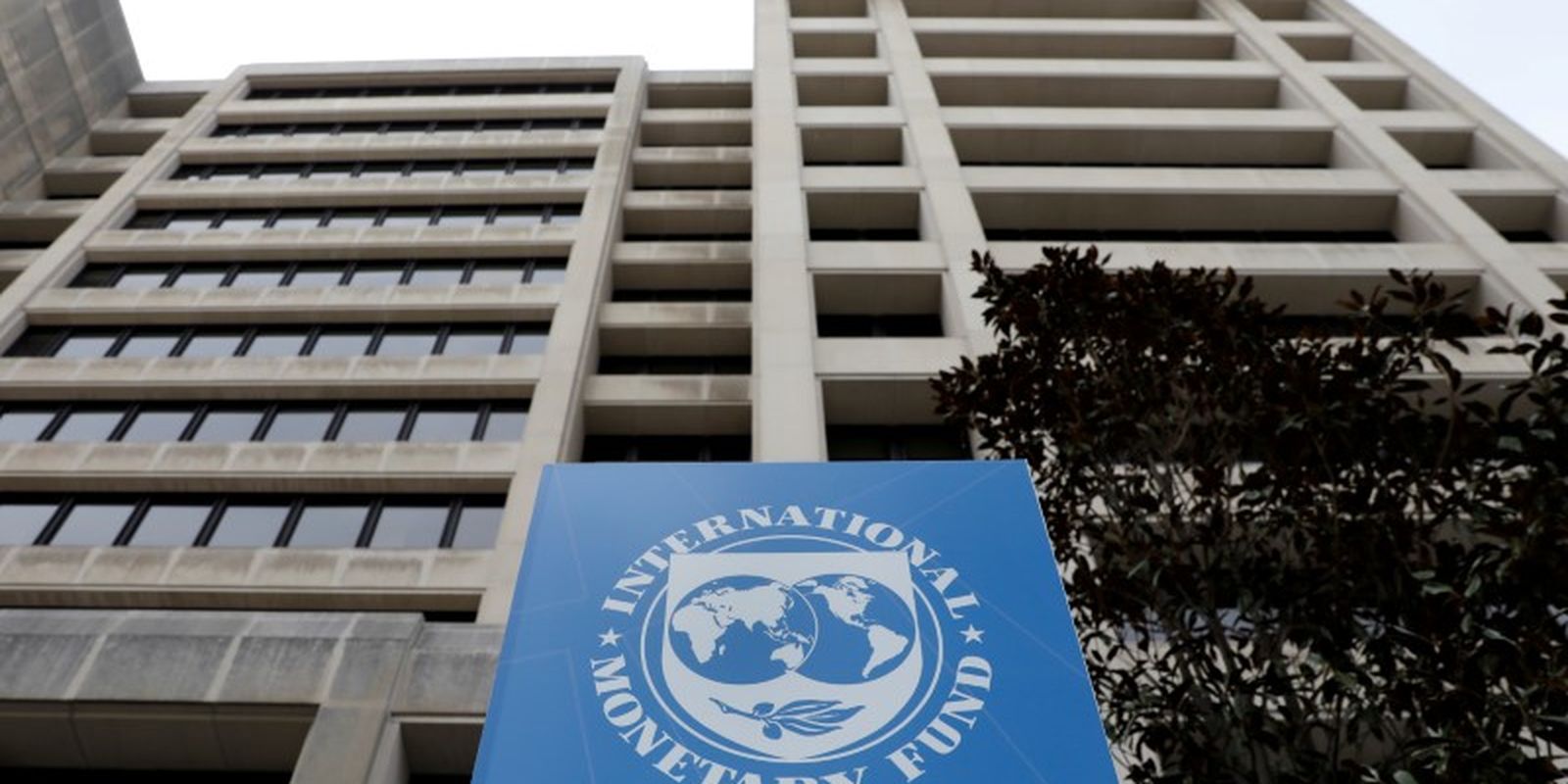Despite recent efforts by the federal government to increase revenue, the International Monetary Fund (IMF) predicts that Brazil will only reach a primary surplus from 2027 onwards. The estimate is contained in the Fiscal Monitor bulletin, published every six months by the international organization.
The primary surplus represents the government’s saving of resources to pay interest on public debt. Officially, the Brazilian government’s goal is to achieve zero deficit in 2024 and 2025, with a tolerance margin of 0.25% of the Gross Domestic Product (GDP, the sum of wealth produced in the country) for more or less.
For the IMF, the Brazilian government will not achieve these goals. The Monetary Fund projects a primary deficit of 0.5% of GDP in 2024, 0.7% of GDP in 2025 and 0.6% in 2026. In 2027, the country would obtain a primary surplus of 0.1% of GDP.
According to the report released in April, Brazil would obtain a deficit of 0.6% of GDP in 2024, indicating a slight improvement in the new version. Projections for the following years, however, worsened. In the previous estimate, the country would have a deficit of 0.3% of GDP in 2025, reach zero deficit in 2026 and obtain a primary surplus of 0.4% of GDP in 2027.
The IMF released the report during the week of the annual meeting of the organization and the World Bank, in Washington.
Debt
With deficits larger than initially predicted, the report also worsened projections for public debt for the coming years. The IMF estimates an increase in gross public debt (which does not consider what the government has to receive), from 84.7% of GDP in 2023 to 87.6% of GDP this year. The indicator will rise to 92% of GDP in 2025 and to 97.6% of GDP in 2029, the final year of the projections.
In the previous report, the IMF estimated gross debt at 86.7% of GDP in 2024, 89.3% in 2025 and 93.9% in 2029. The Monetary Fund is based on a different public debt criterion than the Brazilian government . The IMF considers out-of-circulation public bonds held in the Central Bank’s portfolio, unlike Brazil, which excludes these securities from the calculation.
According to the criteria of the Brazilian Central Bank, gross public debt ended 2023 at 74.4% of GDP and reached 78.5% of GDP in August this year, the most recent data available.
Monitored by analysts and investors, gross debt is one of the main indicators of a country’s solvency. According to the IMF, Brazil is in sixth place in a group of 38 emerging countries in terms of the size of public debt. The country is only behind Bahrain (126.7% of GDP), Ukraine (95.6% of GDP), Argentina (91.5% of GDP), Egypt (90.9% of GDP) and China (90. 1% of GDP).
The report suggested urgency in adjustment measures in the most indebted countries. For the IMF, delays will lead to the need for deeper changes in a few years. The Monetary Fund called for measures to increase revenue to finance sustainable development and combat poverty. For Brazil, Egypt and Kyrgyzstan, the IMF recommended the rationalization of tax exemptions.

















